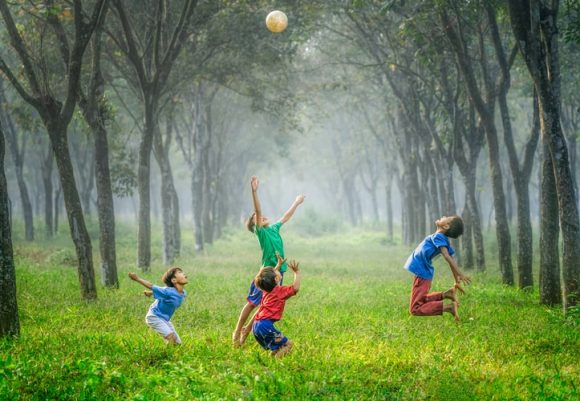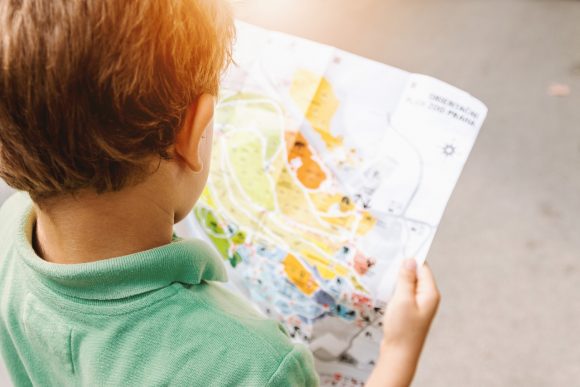Zoo-based learning is part of project-based learning. It is another way to teach children in the classroom. It is a way of teaching through collaborating on projects. So when we say zoo-based, we mean asking your students to build a zoo model for them to understand wildlife better.
One thing with this kind of teaching method is you will be able to keep the attention of students who don’t do well with traditional modes of learning. We are writing this article to show you how you can bring wildlife into your class. Speaking of assistance you can now get help with well-researched and expertly written essays at https://thesisgeek.com/writers.php in almost no time.
Now, let’s see how you can bring it into your classroom.
Ø Encourage Students to Eat Lunch Outside

We are familiar with students rushing to the cafeteria for lunch. Others will remain in their classroom to eat lunch.
Afterwards, they will leave and head on straight home. Probably they are tired and most will be struggling to remember what they have studied that day. A good way to break the monotony is to encourage the students to go sit and have lunch outside. As you are sitting outside, you can teach a few things about a subject.
Don’t be surprised if the students show better uptake of the concepts you are trying to pass.
Ø Add Nature to Your Lessons

As you teach, incorporate nature in your lessons. For example science lessons. You don’t necessarily have to sit in class for that.
You can take a nature walk down a path. Or go to a forest clearing and hold your class there. Encourage the students to take in the smells and sounds. You can explain the features and characteristics of the animals that can be found in such environments. Students tend to pay attention to lessons that are not boring and ordinary.
Ø Naturalize Your Classroom

It may be that you have no access to nature. That doesn’t mean you have to miss out. Consider bringing nature to class. Paint the classroom in earthy tones. Put paintings and pictures of nature trails and animals in class. You can also put up pictures of children playing outside or with animals to remind them of their own connection to nature.
Also, every once in a while ask them to keep a hamster or another small animal as a pet. They can take turns which will teach them important lessons in compassion and responsibility. If an animal isn’t available to you, you can find zoos that offer virtual tours to people who can’t make it to the zoo. You might find a virtual class pet for the students to connect with.
Ø Use Materials from Nature

Nature is very diverse. It can offer a myriad of sensory experiences even in classrooms. For example, if you asked them to make a zoo model or any other model for nature, encourage them to use natural items like twigs and wood slices in their models instead of plastic and clay.
Replace plastic cubes by asking the students to collect acorns and stones for math class. Replace plastic chips with seeds. When you are teaching plant science, encourage the students to plant some seeds to better teach about the subject of plant growth and care.
Just be careful to avoid toxic plants. You can move from seasonal plants to potted flowers which can bring insects for the students to study.
From low-maintenance houseplants to vegetables, encourage your students to grow some. Even if they don’t have a green thumb. They learn some skills and also the plants will live up the classroom. It is proven that a view of green and colored flowers helps reduce stress and make people feel better. So your students feel better and thus concentrate better in class.
What’s more, plants clean up the air.
Ø Bring Wildlife to Classroom

Finally, you can try to bring wildlife to class. And no we don’t mean an elephant. It could be simple. Put up a bird feeder on the window and encourage the students to feed and clean the feeder. The birds will provide a natural sense to the classroom. In addition, the students learn skills like animal care.
Remember those plants we mentioned? Well, during the flowering season, bees and butterflies are attracted to the flowers. Soon you will notice lizards sunning themselves next to the plants.
You can also have binoculars in class and have the students, bird watch from time to time.
Doing this has been shown to reduce boredom and boost concentration. Consequentially, the students will perform better academically, be happier, and tend to develop into healthier people.
Final Words

Connection to nature has been shown to have a profound effect on students. Especially those struggling academically or behaviorally. The tips above should equip you on how to teach well even in traditional classrooms.



Leave a Reply